Need advice on 1.5 year old sod that's brown with green spots
Jason K
4 years ago
Featured Answer
Sort by:Oldest
Comments (35)
dchall_san_antonio
4 years agomorpheuspa (6B/7A, E. PA)
4 years agoRelated Professionals
Citrus Heights Landscape Architects & Landscape Designers · Bridgetown Landscape Architects & Landscape Designers · Woodinville Landscape Architects & Landscape Designers · Harvey Landscape Architects & Landscape Designers · Anderson Landscape Contractors · Aurora Landscape Contractors · Edmond Landscape Contractors · Peabody Landscape Contractors · Andover Landscape Contractors · Fairview Landscape Contractors · Framingham Landscape Contractors · Hilo Landscape Contractors · Rockwall Landscape Contractors · Forest Hill Landscape Contractors · Long Branch Swimming Pool BuildersJason K
4 years agorifis (zone 6b-7a NJ)
3 years agomorpheuspa (6B/7A, E. PA)
3 years agodchall_san_antonio
3 years agoJason K
3 years agomorpheuspa (6B/7A, E. PA)
3 years agomorpheuspa (6B/7A, E. PA)
3 years agoJason K
3 years agoJason K
3 years agodchall8 .
3 years agolast modified: 3 years agodanielj_2009
3 years agomorpheuspa (6B/7A, E. PA)
3 years agodanielj_2009
3 years agoJason K
3 years agoJason K
3 years agoJason K
3 years agodchall8 .
3 years agodanielj_2009
3 years agomorpheuspa (6B/7A, E. PA)
3 years agorifis (zone 6b-7a NJ)
3 years agomorpheuspa (6B/7A, E. PA)
3 years agodchall8 .
3 years agomorpheuspa (6B/7A, E. PA)
3 years agodanielj_2009
3 years agomorpheuspa (6B/7A, E. PA)
3 years agodanielj_2009
3 years agolast modified: 3 years agomorpheuspa (6B/7A, E. PA)
3 years agodanielj_2009
3 years agodchall8 .
3 years agomorpheuspa (6B/7A, E. PA)
3 years agodchall8 .
3 years agodanielj_2009
3 years ago
Related Stories

KIDS’ SPACESThis Designer’s Client Was Her 10-Year-Old Son
What do you give a boy with a too-babyish bedroom when he’s approaching double digits? See for yourself
Full Story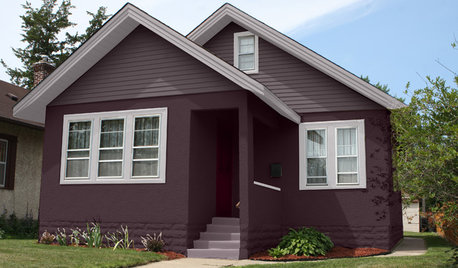
EXTERIOR COLORChoosing Color: 1 Home Has Fun With 5 Different Color Schemes
See a home’s potential for transformation with several new hues. Do you have a favorite?
Full Story
MOST POPULARIs This the Year Blue and Green Kitchen Cabinets Edge Out White?
Neutrals still dominate cabinet color. But some of the most popular recent kitchens on Houzz tell a different story
Full Story
NATIVE PLANTS5 Ways to Keep Your Native Plant Garden Looking Good All Year
It’s all about planning ahead, using sustainable practices and accepting plants as living organisms
Full Story
COLORChoosing Color: 1 Bedroom Tries On 5 Different Palettes
White is all right, but check out what you can do with a bolder hue
Full Story
KITCHEN DESIGNKitchen of the Week: Old Meets New in a Family Gathering Spot
Antique heart pine beams lend warmth and character to this modern farmhouse kitchen
Full Story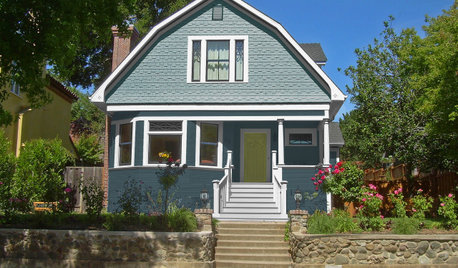
EXTERIOR COLORSee How 5 Color Palettes Look on 1 Charming Exterior
We used photo-rendering software to visually transform this home to show the dramatic power of paint
Full Story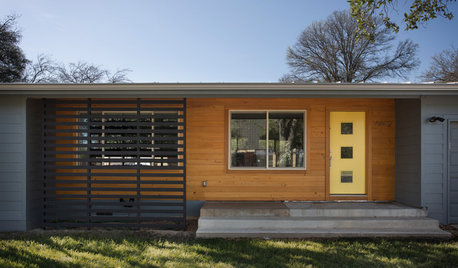
EXTERIOR COLORChoosing Color: 1 House, 5 Exterior Paint Palettes
See how color variations change the look of this midcentury ranch-style home
Full Story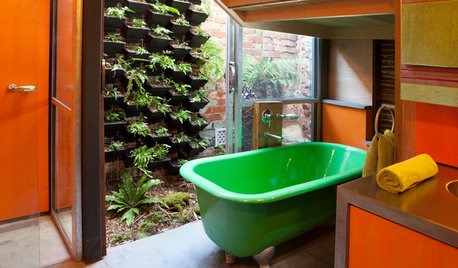
GARDENING GUIDESOn the Up and Up: Expert Advice for Growing a Green Wall
Houzz pros share solutions for 7 common challenges you can face with a vertical garden
Full Story
MODERN HOMESHouzz Tour: 800-Year-Old Walls, Modern Interiors in Provence
Old architecture and new additions mix beautifully in a luxurious renovated vacation home
Full StorySponsored
Franklin County's Preferred Architectural Firm | Best of Houzz Winner
More Discussions






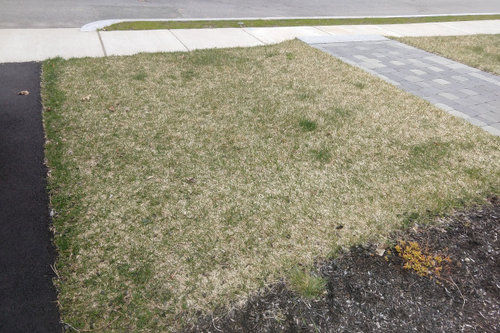
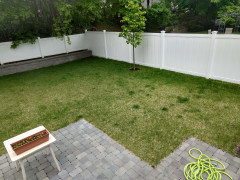
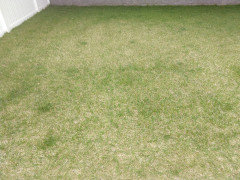
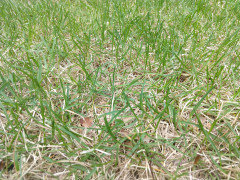
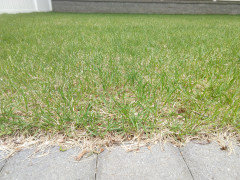
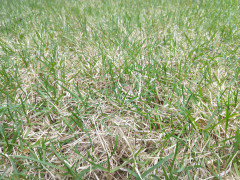
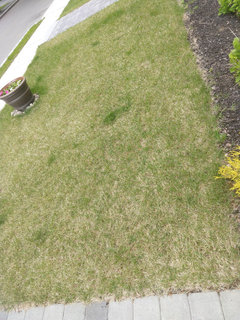
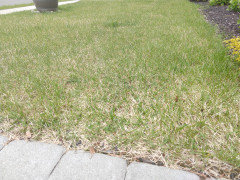
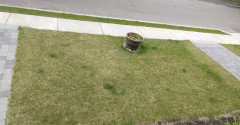
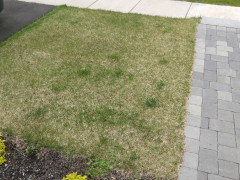
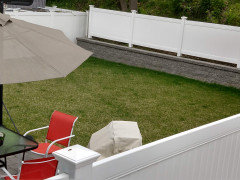
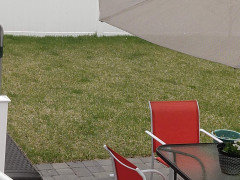
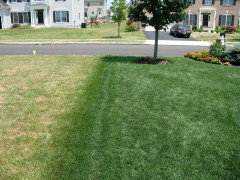
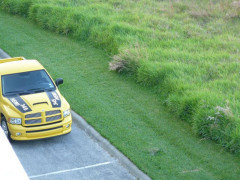


danielj_2009